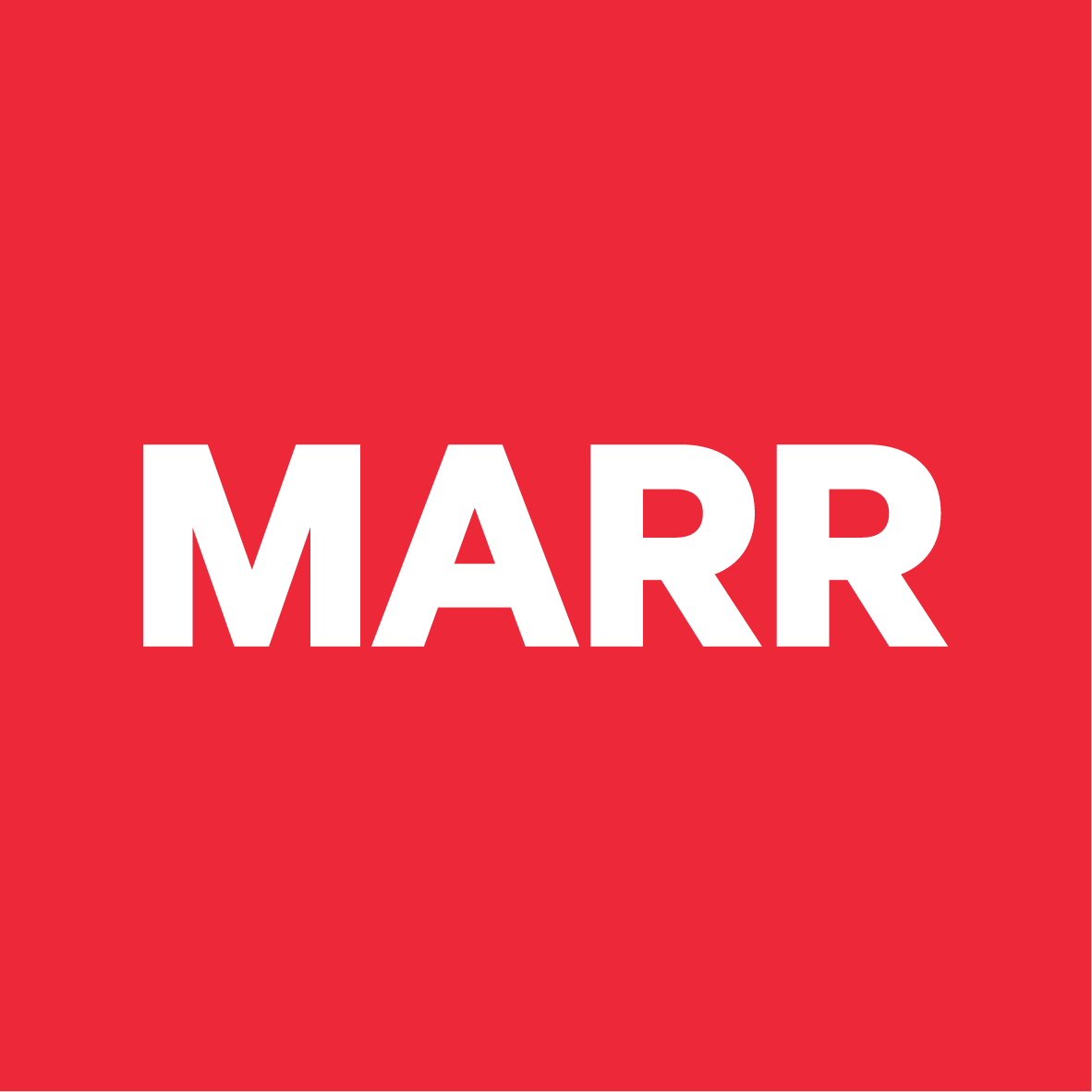This article was first published in New Civil Engineer, 12 September 2022. Words by Simon Marr.
The construction industry faces urgent sustainability risks and finding solutions to the challenges we face requires looking at the issues from a multi-dimensional point of view.
One of the most critical challenges is that the built environment contributes 39% of total global greenhouse gas (GHG) emissions, with the construction industry contributing 11% total GHG emissions as embodied carbon. While initiatives to reduce direct GHG emissions are gaining momentum, decarbonising the construction of built environments, especially limiting embodied carbon, will take time.
Switching current machinery to renewable sources of power will have a positive impact on our environment. But how else can our industry improve its sustainability performance to have greater impact?
Productivity is crucial
One of the biggest problems I see in our industry is a myopic view of how to address the challenges we face. In addition to the urgent need to reduce GHG emissions, there’s also a need to look at other issues including workplace health and safety, waste generation, fumes and human capital from a sustainability standpoint.
Productivity is crucial when it comes to making our industry more sustainable, but it is often left off the agenda when it comes to making big decisions in the name of sustainability.
A point in case is the conversation around the electrification of cranes. Whilst we acknowledge there is a place for electric cranes in our industry, we know they are not the only answer particularly when you look through the lens of productivity and the current availability of clean power in the market.
In Australia, although the capacity for renewable sources of energy including wind, solar and hydro power are growing; recent data from the Australian Energy Market Operator (AEMO) highlighted that 79% of the power generated in the east coast of Australia over the past twelve months came from fossil fuela.
In other parts of the world, where renewable energy industries are more mature, and nuclear power industries exist as well, the rate of power generated from fossil fuels is far less (EU 36%, UK 42% and USA 61%).
So for us, moving towards electrification of our crane fleet was not the answer because we would still be drawing power off an electricity grid that is still heavily reliant on fossil fuels. It simply didn’t make sense.
Furthermore, in remote off-grid sites and even urban environments, we’re seeing constructors rely on stand-alone diesel generators to operate electric cranes which in some instances can use 700 to 1000% more fuel than diesel-operated cranes. That’s expensive from both a financial and sustainability point-of-view.
Taking the cost of operating a typical high-rise construction tower crane (such as a Favelle Favco M390D) as an example, if we know that it averages 5.8 litres of diesel per hour at the current fuel rate of AUD2.20 (£1.30) per litre compared with a diesel-generated electric crane using seven times that amount it costs more than AUD159,000 (£93,950) per annum to operate the electric crane.
From a craneage point of view, the other big issue with electrification is lost productivity. And this was the main driver behind our decision to transition to 100% renewable diesel (HVO100). By switching from fossil fuels to HVO100, we are able to reduce our GHG emissions while at the same time maintaining the speed, power and reliability of our cranes.
Using Neste Renewable Diesel (HVO100) gives us a greater than 85% reduction in GHG emissions, from well to wheels, for our fleet. It also reduces tailpipe emissions of hazardous substances such as particulate matter, nitrogen oxides, hydrocarbon, carbon monoxide and polycyclic aromatic hydrocarbons (odours) and thus has less impact on air quality. By using renewable diesel-powered cranes, instead of electric cranes or FAME based biodiesel power cranes, we can also deliver additional benefits. No crane modifications are required, which lowers the total cost of ownership and negates the need to replace existing equipment (which in itself has sustainability flow on effects); and allows Marr to deliver critical construction productivity and cost efficiencies by maintaining the productivity of our cranes.
The reality is that an unproductive construction site is not a sustainable site. On the flipside, by linking innovative thinking with early engagement in project planning stages, bespoke craneage solutions can significantly increase project productivity.
For example, when we were engaged to deliver the heavy lift solution craneage solution for the construction of the 1915Canakkale Bridge towers our client, DL E&C – Limak – SK ecoplant – Yapi Merkezi (DLSY) Joint Venture, asked us to help reduce the time it would take to build the 318m towers.
The project was delivered approximately 12 months ahead of schedule. That’s a rare achievement on an infrastructure project and it would not have been possible using a traditional electric crane approach. The simple reason being that electric cranes are not currently powerful enough to lift components weighing up to 155t to a height of 328m.
The benefits of modularisation
When craneage solutions are integrated early into the project planning stages, substantial lifting capacity enables modularisation – and this is where productivity drives a real step change in sustainability.
The World Green Building Council identifies “upfront carbon”– the emissions caused by the materials production and construction phases – as one of the most significant challenges to decarbonising the built environment. Therefore, it begs considering how productivity can enable some of the major industry goals aimed at reducing upfront carbon including “build less”, “build clever”, “build efficiently” and “minimise waste”.
Offsite manufacturing creates faster fabrication, more accurate and higher quality construction, which leads to less rework and less waste. The positive sustainability impacts are less landfill generated by the site and less upfront carbon embodied in the build.
Modularisation also supports the rationalisation of construction sites, potentially allowing fewer structural elements and partitions. This approach can deliver smaller substructures and superstructures, which typically embody over 50% of the upfront carbon within buildings. The smaller base footprints our cranes, (with reduced support structures and crane tie-in points), also help to improve the upfront carbon embodied in any project.
Improved safety and efficiency gains
Bespoke design also improves site safety by having fewer cranes, fewer lifts, and a decluttered worksite. Minimising load movements and lift interactions ultimately lead to less accidents and injuries. Ultimately, we are reducing complexity on a site, and delivering an integrated crane solution which meets the lifting requirements of the entire project
Early engagement also leads to simpler de-risked operations, with shorter and more reliable project critical paths. Shorter critical paths can lead to less site infrastructure for less time, reducing equipment and labour costs.
Importantly this gives project designers more economic flexibility to invest in renewable materials for the build, lowering the upfront carbon embodied in the project.
Using productivity to drive sustainability helps to immediately progress to our industry while we work on medium and longer-term technical emission reduction initiatives. For example, we have completed case studies where our cranage solutions reduced material offloading processes by up to 80%. Faster offloading lowers delivery transport idle times and assists with an incremental reduction of direct construction site emissions.
The intangible benefits of productivity on sustainability are equally as important as the real gains in carbon footprint, landfill waste or the safety of our teams.
The role of technology and innovation
Innovating productivity improvement in our construction processes is critical to going further and faster. Productivity helps reduce upfront carbon in the built environment and delivers a wide range of further sustainability benefits from safety to waste through to enhanced human capital.
To deliver our innovative solutions, we utilise advanced data and AI. They are a necessary building block to enable better collaboration within our industry, as increased data improves knowledge and superior life cycle analysis of builds. Data and AI also assists in integrating efforts between architects, designers and constructors, a critical enabler to the vital industry goal of “building clever” and further driving down embodied carbon within the built environment.
Innovating productivity through collaboration, data collection and AI tools can offer new and enhanced career pathways to assist the industry in attracting and retaining diverse talent to grow the human capital within our industry. Improved human capital can only create enhanced industry capability to tackle longer-term sustainability challenges, particularly net zero carbon.
Sustainability is a journey
As craneage providers, we are only at the thin edge of the wedge in terms of what can be achieved to make our industry more productive and more sustainable.
There are critical long-term actions underway and the industry is gaining momentum in addressing the challenges we all face, but we need to go further and faster together.
Meaningful collaboration and a willingness to explore options available from different perspectives instead of just chasing an outcome without really understanding the issues is critical. As is government reform and support for the private sector in addressing sustainability issues as an industry and investing in solutions to affect change.
The decisions we are making today are just a step in the journey and we all have a long way to go. We know that technology will evolve so what is the best solution today may not be in the future. In the meantime, adopting the best option available buys us time to find the next best solution.
*Simon Marr is managing director at Marr Contracting




